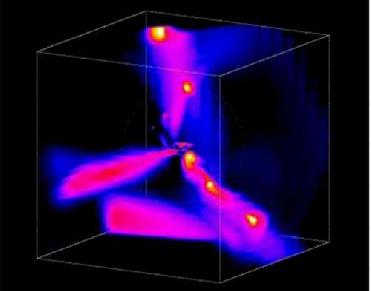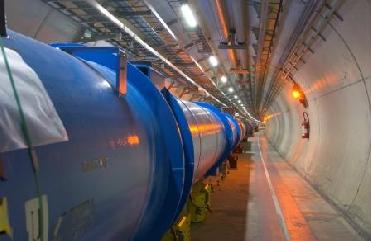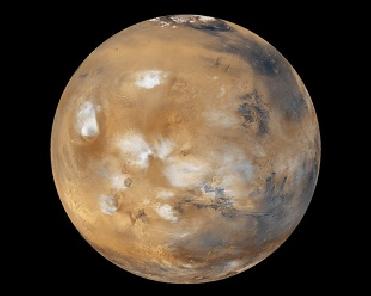
Computer simulation of galaxy formation shows matter flowing into the center of a galaxy through three cold gas streams. Such pictures provide the basis for the new theory of galaxy. Hebrew University of Jerusalem image
WASHINGTON (BNS): Hebrew University of Jerusalem cosmologists have formulated a new theory on how galaxies were formed billions of years ago. The cosmologists have based their new theory on advanced astronomical observations and state-of-the-art computer simulations, which maintains that the galaxies primarily formed as a result of intensive cosmic streams of cold gas (mostly hydrogen) and not, as current theory contends, due primarily to galactic mergers.
The researchers said that these mergers had only limited influence on the cosmological makeup of the universe as presently known.
The results of the cosmology research group, led by Prof. Avishai Dekel, who holds the Andre Aisenstadt Chair of Theoretical Physics at the Racah Institute of Physics of the Hebrew University, appear in the current issue of the journal Nature.
Dekel said that the large galaxies, as they appear in this early stage, indeed created stars at a very rapid rate, but this does not appear to be at all a result of galactic mergers. Prof. Reinhard Genzel of the Max Planck Institute, whose group is collaborating with researchers from Hebrew University and Garching, Germany made the astronomical observations.
According to researchers the picture that emerges is of galaxy-building that results from a continuous flow of cold gas along a few narrow streams rather than by mergers. “These gas streams follow the filaments of the ‘cosmic web’ that defines the large-scale structure of matter in the Universe, filaments that feed the dark-matter halos in the first place.
These cold gas streams penetrate through the dark-matter halo of each galaxy and the hot gas that fills it and reach the center, where they become a rotating disk. These disks, each subject to its own, local, gravitational forces, break into a few giant clumps in which the gas converts into stars very efficiently,” they said.
In the article published in Nature, Dekel and his Hebrew University and French associates, pose their new theoretical model, which explains these observed phenomena.
Their findings are based on computer simulations carried out by the French researchers headed by Romain Teyssier. The simulations, using one of the most powerful supercomputers in Europe, made it possible in an unprecedented manner to carry out a detailed investigation of how galaxies formed in the early Universe.
In their calculations, Dekel and his group show that the rate of star formation, as predicted by this theory, is compatible with the observed rate. The researchers refer to these massive star formers in the early universe as Stream-Fed Galaxies. The galaxy merger phenomenon, in this view, was not the primary factor as maintained in current theory.
Dekel and his Hebrew University associates, Re’em Sari and Daniel Ceverino, worked out a simple physical theory that explains the formation of giant clumps in the early massive disks, and how they are driven by the cosmic streams. They predict that the migration of these clumps to the disk centers led to the formation of elliptical galaxies already in the early Universe, independent of galaxy mergers. They are thus making the revolutionary proposal that the role of cosmic gas streams is not limited only to the formation of star-forming disks, but that these streams are also responsible for the subsequent formation of the red-and-dead elliptical galaxies. New state-of-the-art simulations confirm this theory, the researchers said.
 Next Article
Next Article












The Indian Air Force, in its flight trials evaluation report submitted before the Defence Ministry l..
view articleAn insight into the Medium Multi-Role Combat Aircraft competition...
view articleSky enthusiasts can now spot the International Space Station (ISS) commanded by Indian-American astr..
view article